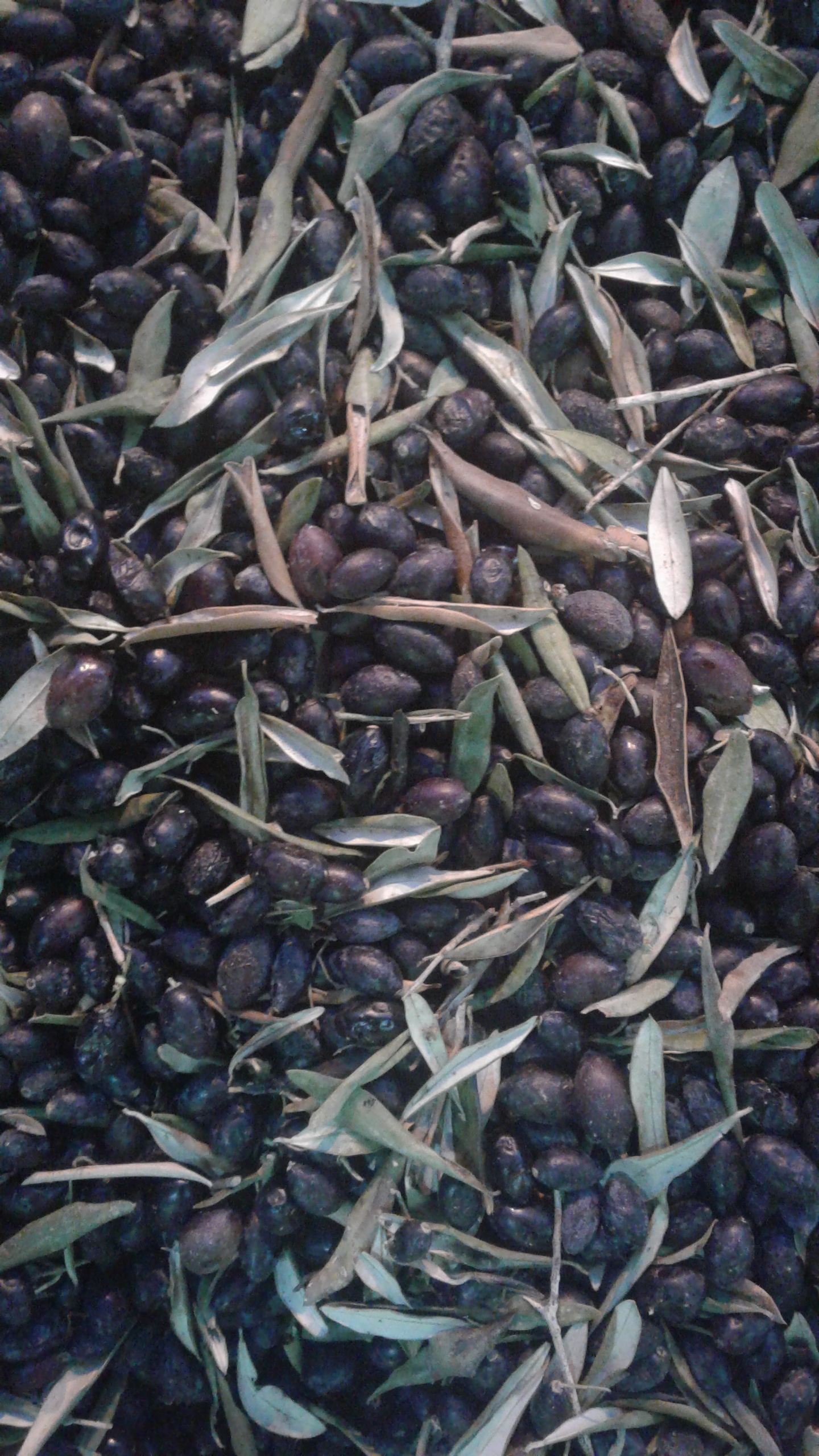DHEISHEH REFUGEE CAMP, BETHLEHEM
Imagine this scenario in the USA.
The camp is for Palestinians whose homes were razed by Israel. The camp’s community development center is called Laylac. It is staffed partly with volunteers from all over the world. Some of the furniture is created from scraps and castoffs. The focus is on educational workshops and they recently staged an exhibit of paintings called In Between, that describes the angst of young people living with daily trauma.
Upon our arrival, our guide told us the story of one of their directors who was murdered by the IDF (Israeli Defense Forces). The young man, Raed, shared a tiny cubicle of a home with his family. The space was so small that they took turns sleeping outside. Raed was sleeping outside when the IDF entered the camp and placed explosives at the door. The explosion woke him and he ran. They shot him in the back a few times. One bullet ricocheted into the leg of one of the soldiers. An ambulance was called and they took the soldier but left Raed to bleed for two more hours before getting a military vehicle to take him away. Days later the family learned that he had died. 21 days after the incident they were able to retrieve his body… minus an eye and several organs.
During the first Intifada (Palestinian uprising) from 1987-1993, books and newspapers were banned from the camp. So, folks began to write the news on the walls as graffiti. The IDF painted it out and threatened to bulldoze any building with writing on it. By the next morning every building was covered with graffiti and the IDF desisted so as not to cause a big international flap for destruction of the entire camp. Graffiti is now revered there.
We toured the camp. Every building has a plastic water tank on the roof. Sometimes, IDF soldiers on patrol have target practice – shooting holes in the tanks. Not only are the Palestinian residents deprived of precious water, the homes are water-damaged and repairs are expensive. As we walked our guide told us of the other type of target practice… aiming for the kneecaps. It is common to see folks with impaired walking ability.
The camp is also used for training new IDF soldiers how to extract a person from their home. The soldiers take children from their beds at night. There are 500-700 children aged 11-18 in military detention. At the Balata refugee camp, professional psychologists have workshops to help children prepare for the inevitable and help them in the aftermath.
It is vital for the refugees to maintain connection to the wider world. Digital communication has played a key role in maintaining free flow of information into and out of the camps.
Is there any American who would tolerate this treatment of human beings in our own country? Aren’t Palestinians human beings, too?


